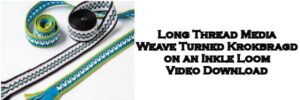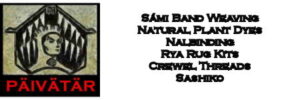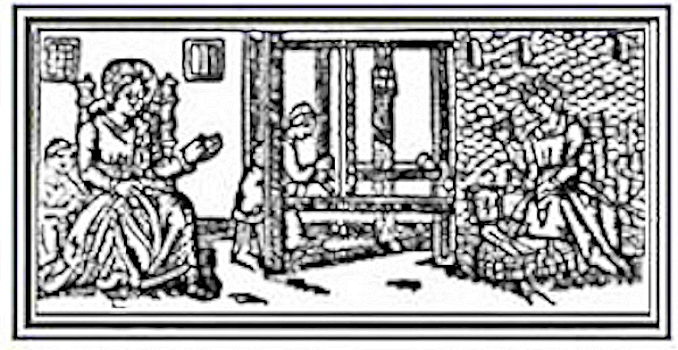Silk has always had a romantic appeal. Silk production was a closely guarded secret, developed by the Chinese about 4000 years ago. The silk fiber is triangular, giving it unique light reflecting properties. Silk fiber is stronger than steel, yet can be spun and woven into the most delicate of fabrics.

The silkworm starts its life as a pin-head sized egg. Eggs are place on a fine mesh tray, covered with choppedy mulberry leaves The grubs emerge in about two weeks and then feed voraciously. They shed their skins as they grow.
Each shedding is called an instar.
Life of the Bombyx shows images of the growth of the silk worm.
When the larvae is about 4 inches in length, it stops feeding and is ready to pupate and to spin its cocoon. A silk worm can spin a thread more than two miles long.
After the cocoon is complete and the pupa is removed, the fibers are slowly opened. The long filaments are drawn out from the edge into a roving that can be spun. Silk is processed in reeling and twisting factories.


Raising Silk Worms
How to raise silk worms in the classroom
Macclesfield Museums
Visit the virtual silk museums – from egg to cocoon.
Genetically Engineerind Spider Silk
Mutant silk worms are being raised to produce silk stronger than steel.
[sc name=”medianet300x250″]
[sc name=”Amazon-Bottom”]
 LONGTHREAD MEDIA VIDEO
LONGTHREAD MEDIA VIDEO
 LONGTHREAD MEDIA SUBSCRIPTIONS
HANDWOVEN MAGAZINE
PIECEWORK MAGAZINE
SPINOFF MAGAZINE
LEARN LONGTHREAD MEDIA
PAIVATAR HANDMADE
LONGTHREAD MEDIA SUBSCRIPTIONS
HANDWOVEN MAGAZINE
PIECEWORK MAGAZINE
SPINOFF MAGAZINE
LEARN LONGTHREAD MEDIA
PAIVATAR HANDMADE
 Paivatar on YouTube
Visit my YouTube channel for how-to craft videos.
Paivatar on YouTube
Visit my YouTube channel for how-to craft videos.
Or Please visit my Channel on Rumble for more how-to videos.
https://rumble.com/Paivatar
LIVE STREAMS - Paivatar Studio
KICK
TWITCH MAKERS&CRAFTING
YOUTUBE
Categories: HAND SPINNING, Silk


